Inside an 18th-Century Country Home With Inspiring Modern Touches
Stubbs & Wootton slippers, with their cheeky embroidery and classic monograms, have long been a mainstay in the preppy wardrobe cannon. It’s no surprise then that the company’s founder, Percy Steinhart, maintains an immaculate home in the heart of New England: Litchfield, Connecticut. But just like Steinhart’s loafers are an inscrutable mix of classic design and whimsical details, the designer’s house also marries the old with the new. Take the sitting room, for example, which was a “recent” addition, in 1811, to the 1784 home: On the walls hang brightly colored pieces from contemporary artist Charles Billingham—right next to the ancient hearth. And yet, somehow, it all works: The warm tones in Billingham’s pieces are a perfect foil for the Colefax and Fowler upholstered chairs and the aged brick in the fireplace.
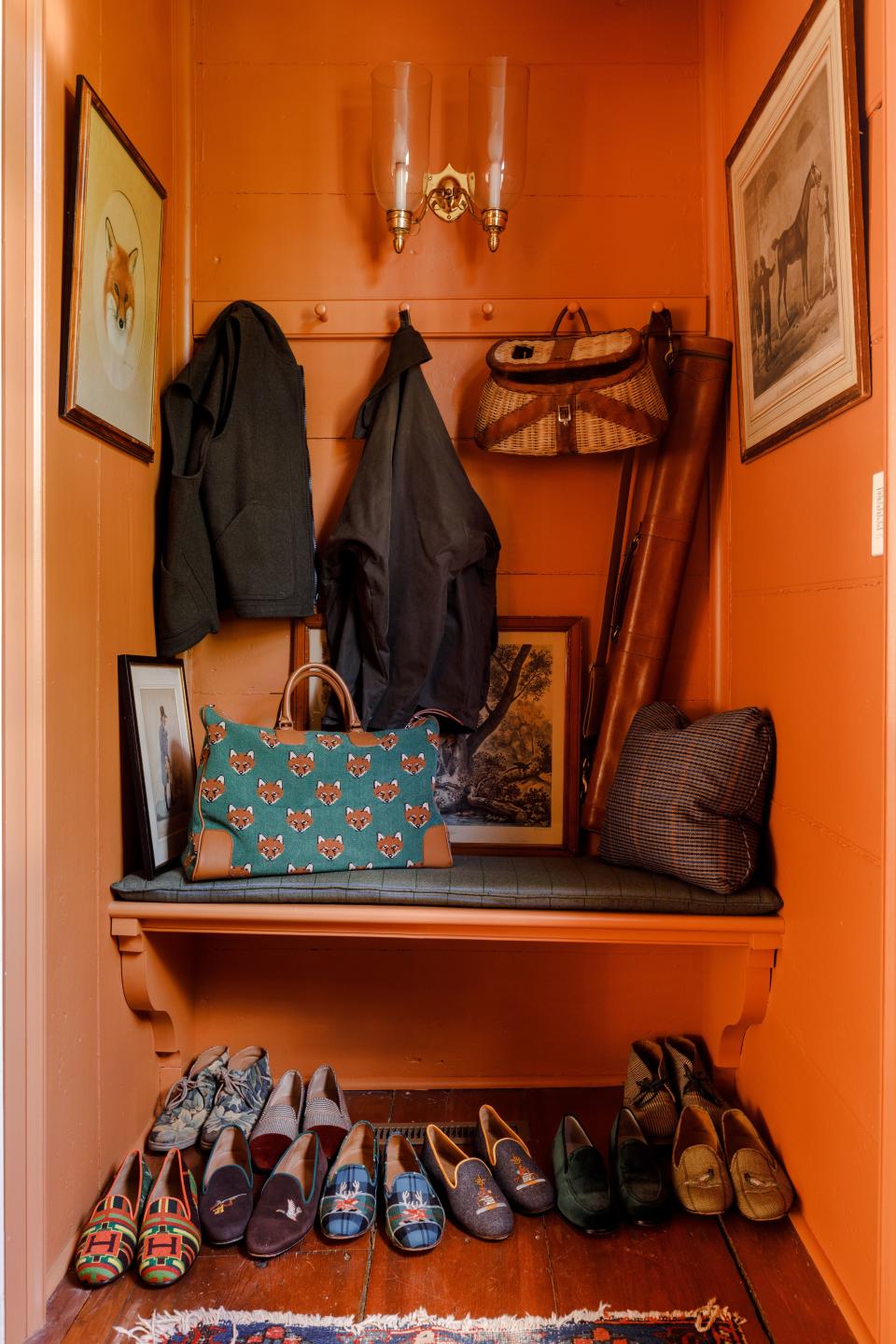
What’s even more impressive about the design of Steinhart’s home is that he did it all without the aid of a professional interior designer. But it only takes a few minutes of chatting with him before it’s apparent that Steinhart has an encyclopedic knowledge of the design world. “My influences come from Van Day Truex, David Hicks, Billy Baldwin, Anthony Hail, and Mario Buatta, among others,” he says. And while he calls his own design style “non-exclusive,” he did follow a few rules when outfitting this weekend home. “Most everything in the house is of the period, like late-18th or early-19th century,” he says. “However, as I have lived in it, [it] has developed a more present feel with modern and contemporary Cuban art.”
Perhaps aiding in the design process is that this is actually not Steinhart’s first home in the area. He was also a resident about 30 years ago, before decamping for a vacation home in Ketchum, Idaho. About five years ago, he stumbled upon this home, which, this being Connecticut, has quite the storied history. It was originally owned by Benjamin Tallmadge, an officer in the Revolutionary War who is most famous for being a spymaster and close friend to fellow spy Nathan Hale.
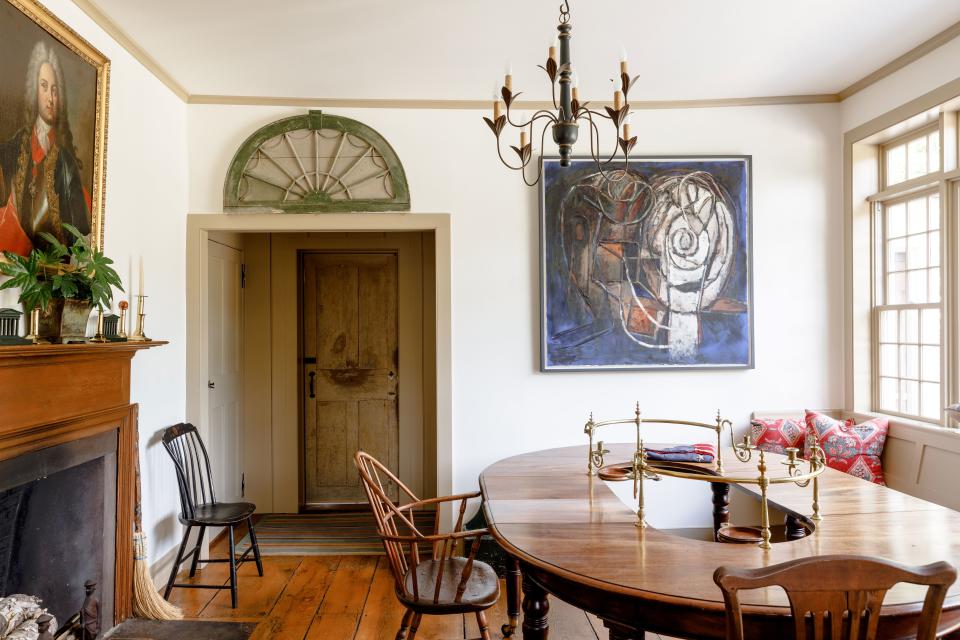
By the time Steinhart purchased the approximately 3,000-square-foot property, however, it was in need of extensive renovations. The goal was to preserve the home’s incredible bones while bringing the mechanics up to the current century. Major projects included updating the air-conditioning and heating, adding in a new bathroom from scratch, and combining two bedrooms into one large master suite. That last project was the renovation’s trickiest maneuver, as the heights of the 18th- and 19th-century parts of the home were uneven. “We literally had to raise the ceiling and floor to make it level,” Steinhart says.
Today, the home is a sun-soaked, cozy retreat, with multiple sitting rooms and bedrooms for plenty of guests. Apart from Steinhart’s master suite, which is outfitted with Charles Burger Independence Toile fabric, there are two other guest rooms, known by each of their dominant colors. The “red room” is an antique furniture lover’s dream, with a Chippendale tiger maple mirror, and an 18th-century bow-front dresser made from the same wood. In the “green room,” one of Steinhart’s favorite spaces in the house (second only to the mud room), the cheerful Colefax and Fowler Bowood print festoons the wallpaper, upholstery, and drapes.
Inside an 18th-Century Country Home With Inspiring Modern Touches
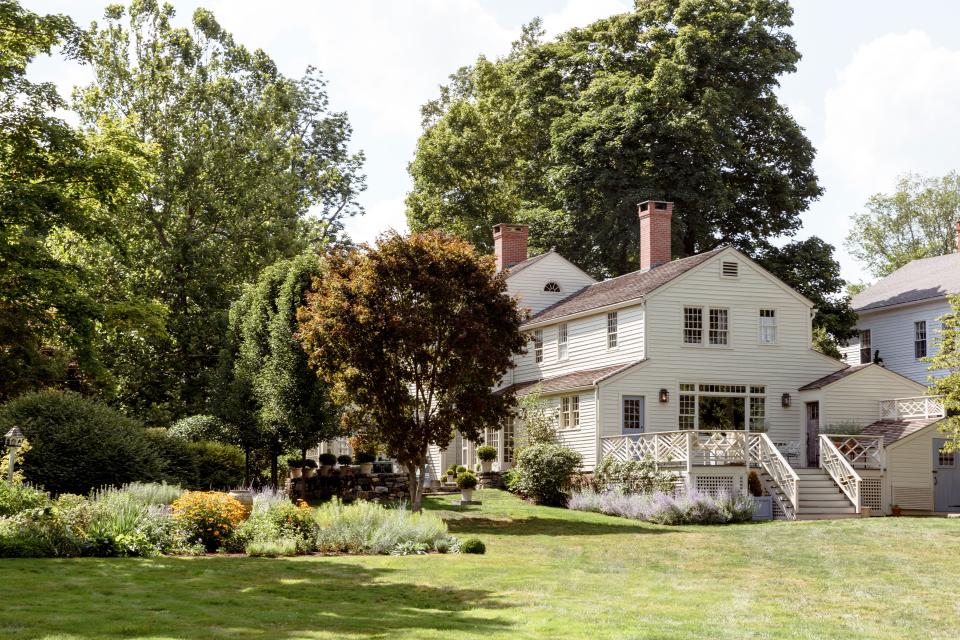
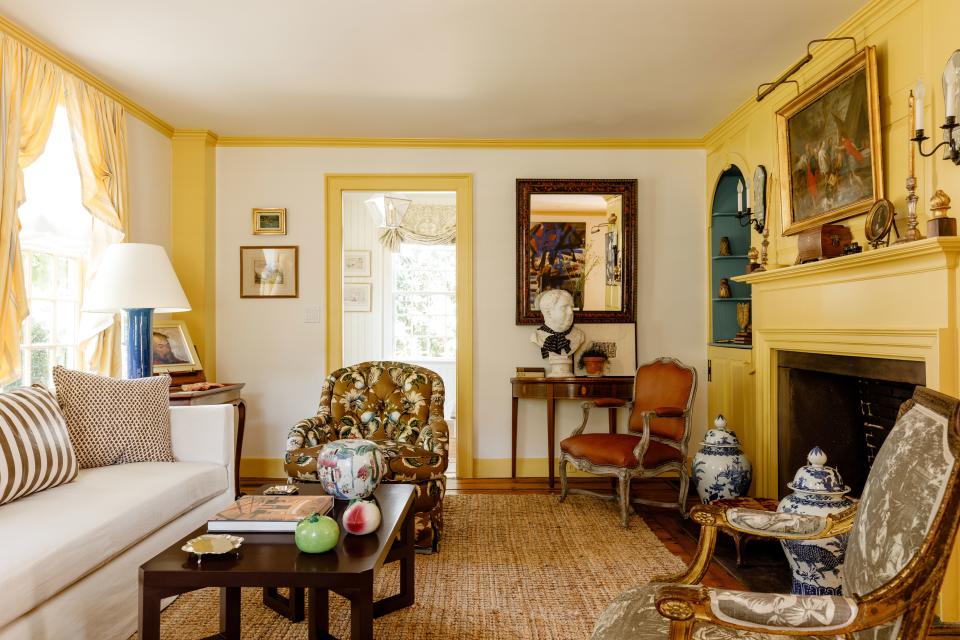
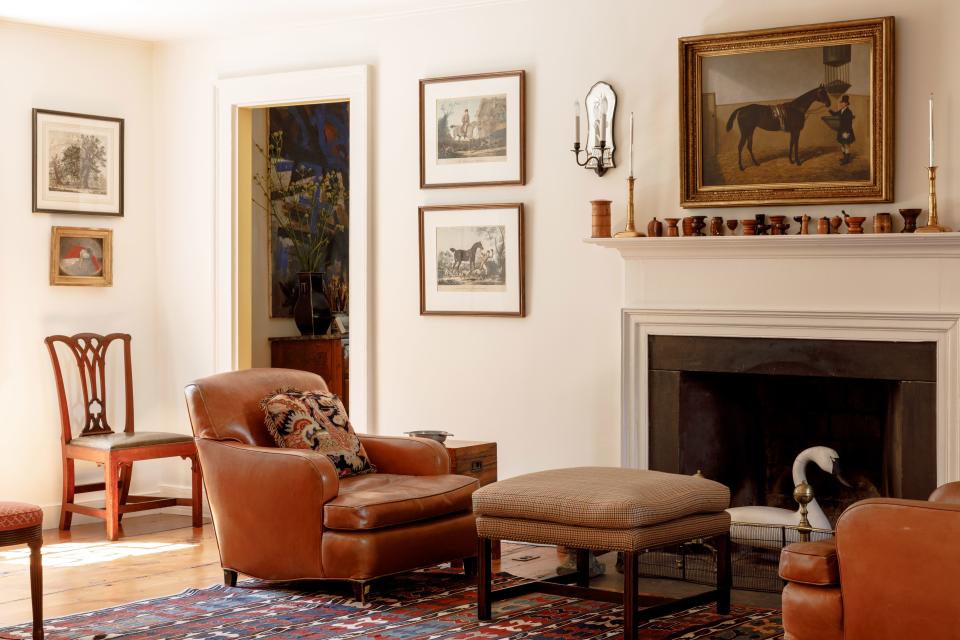
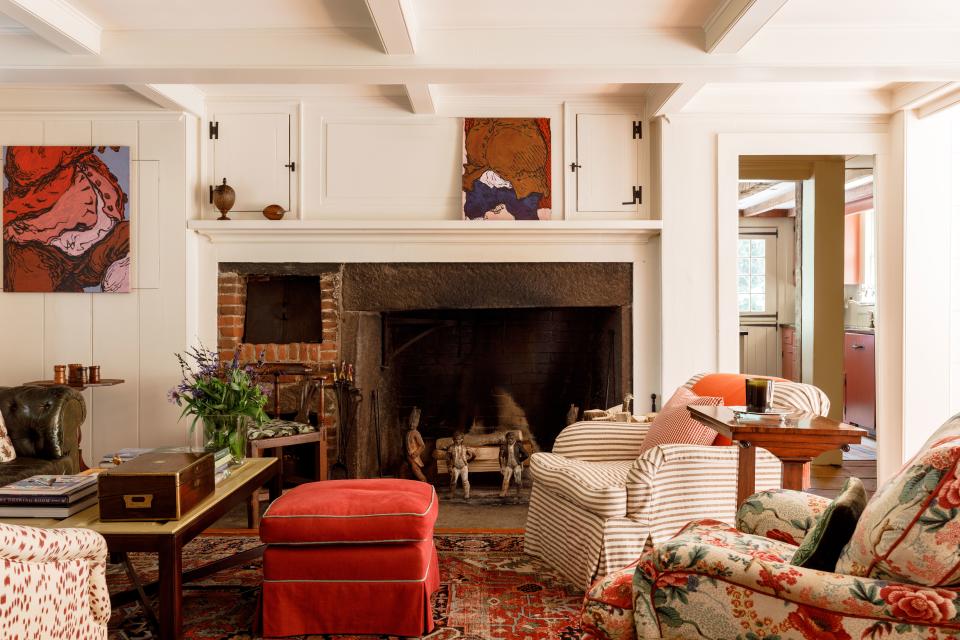
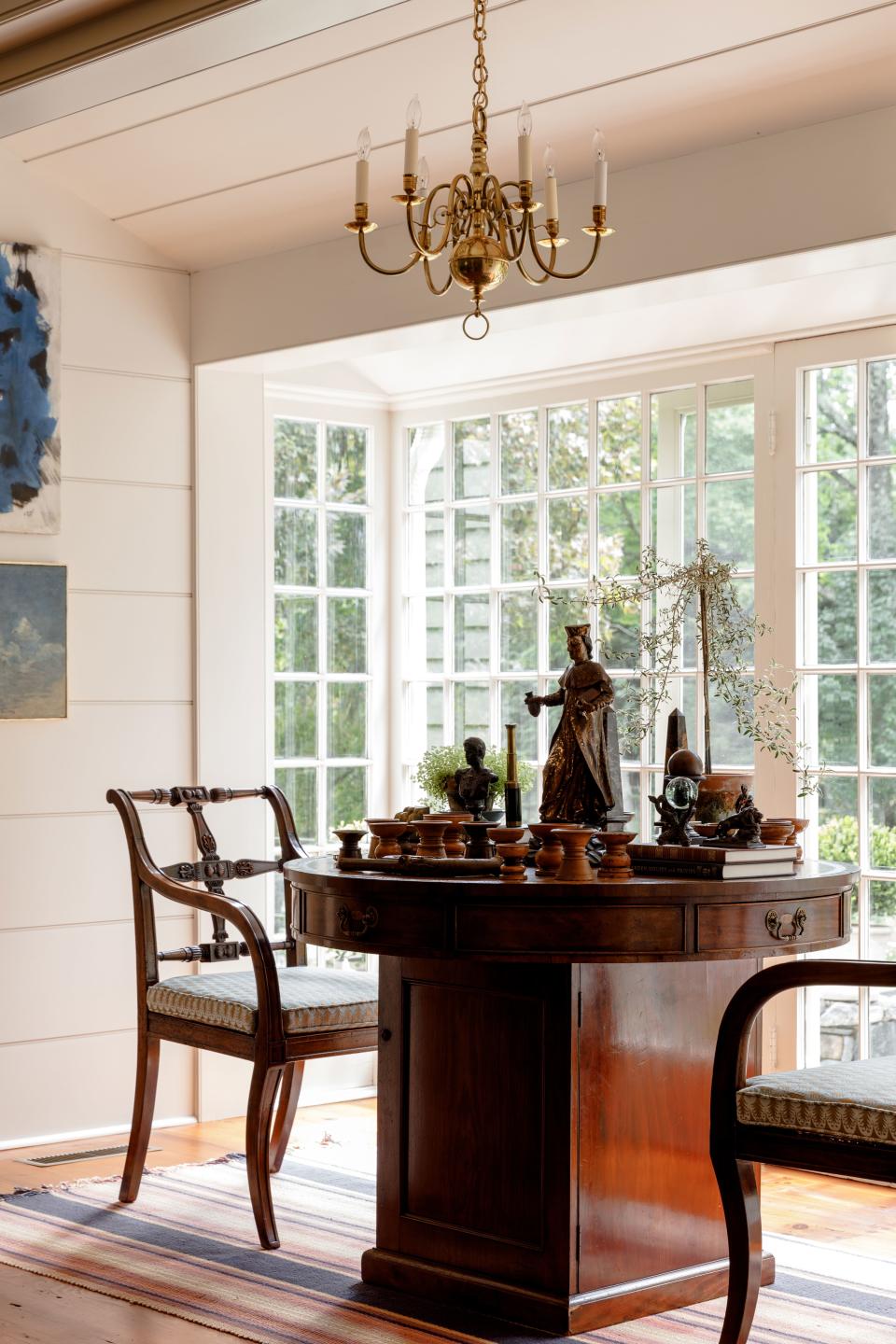
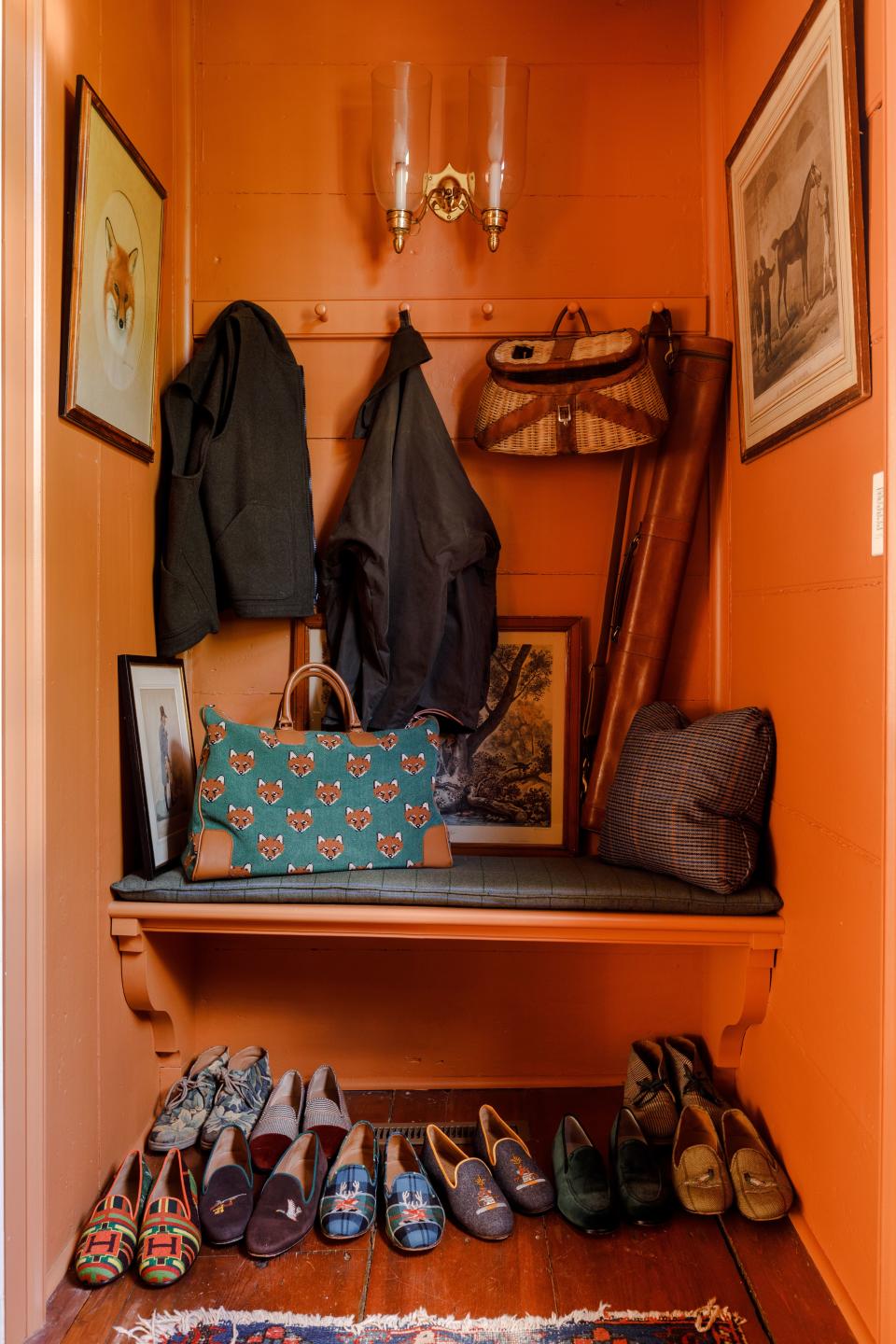
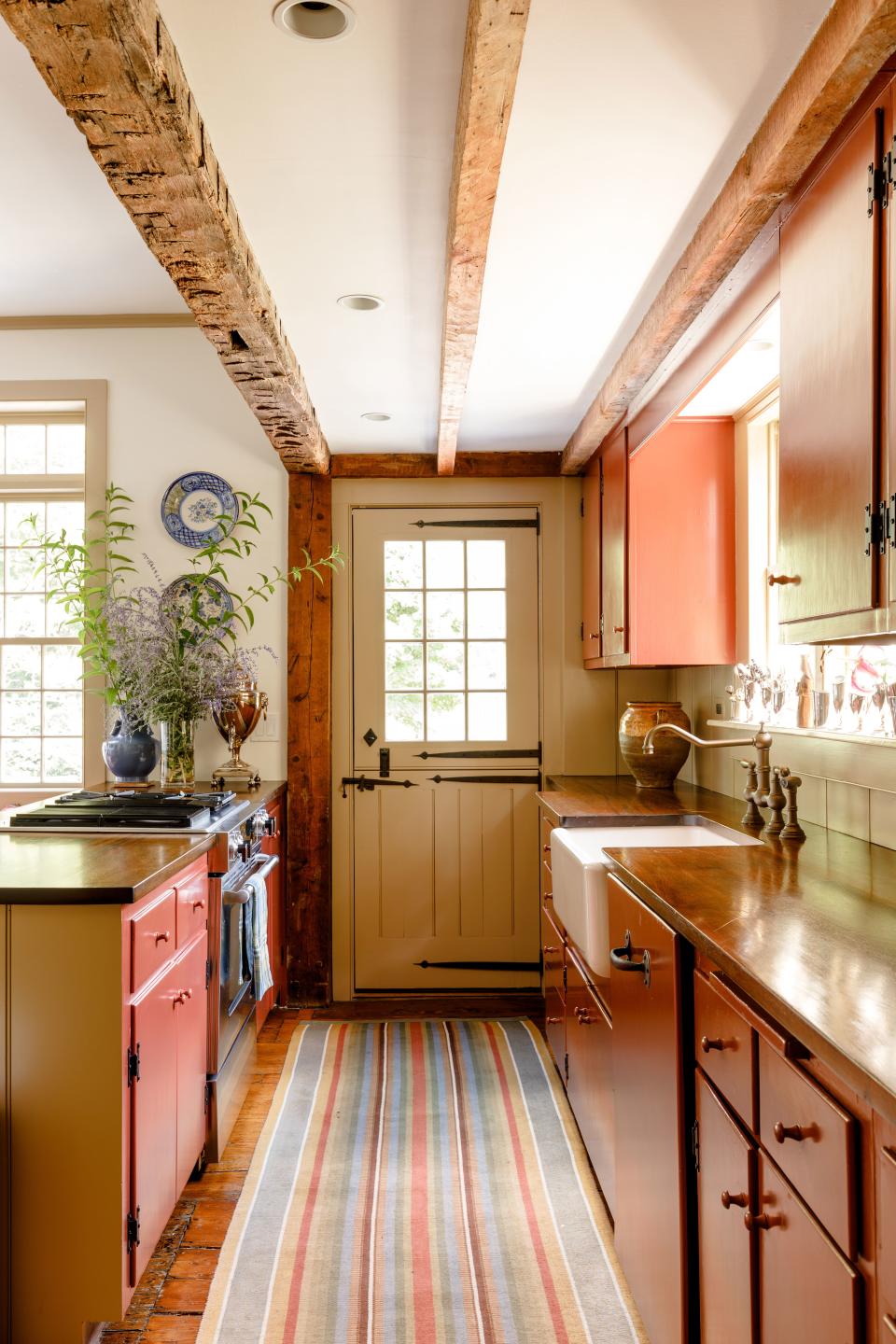
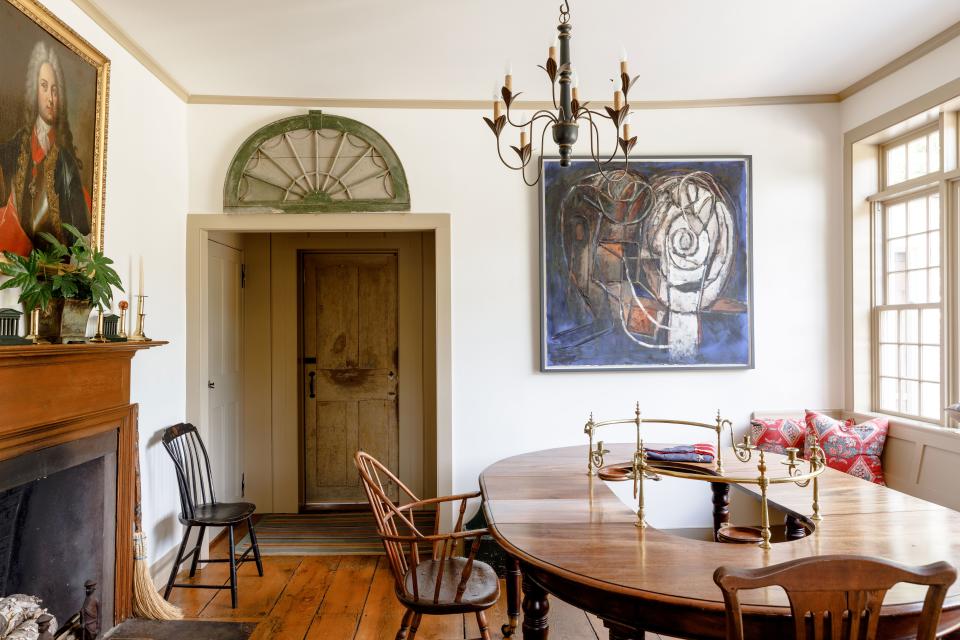
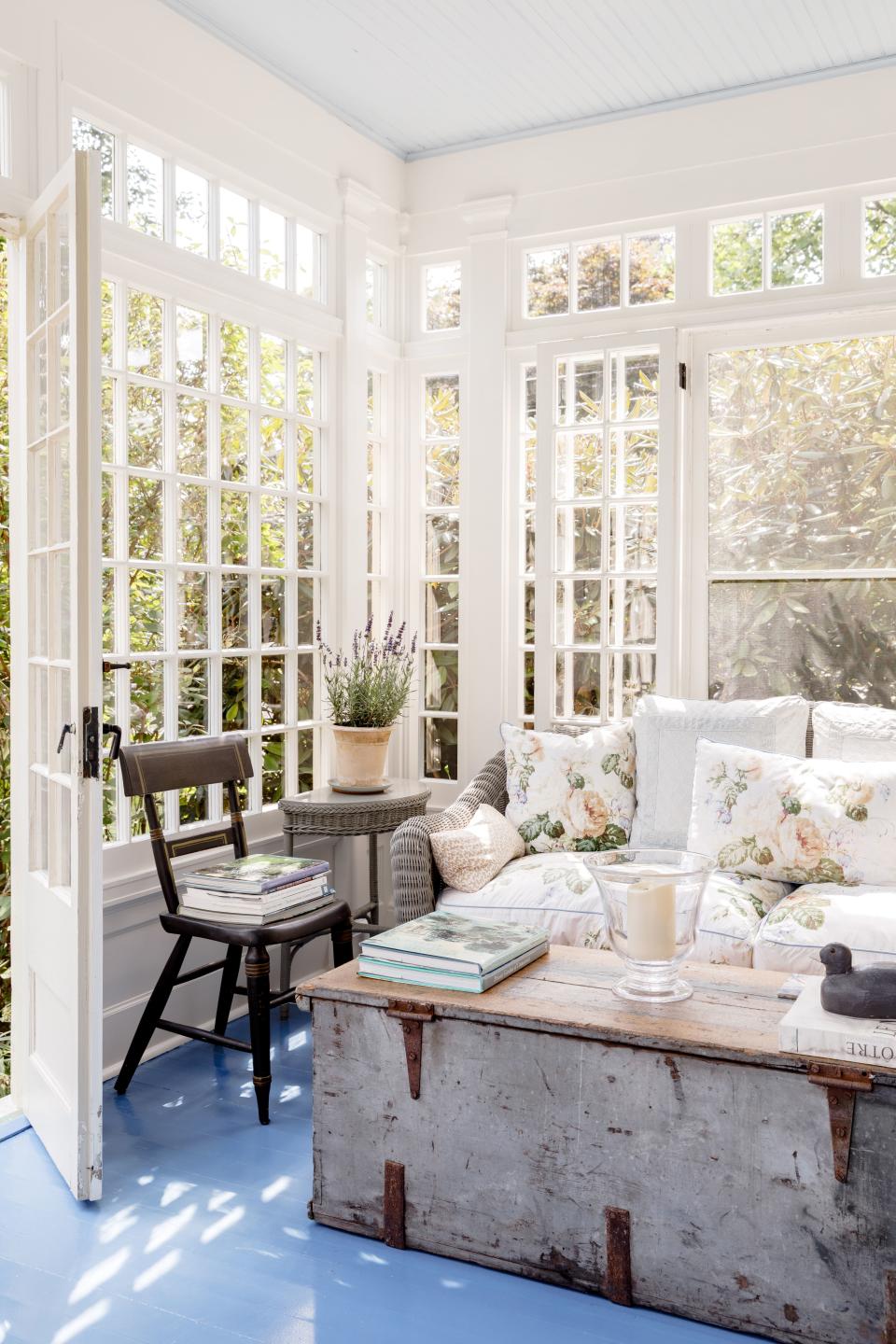
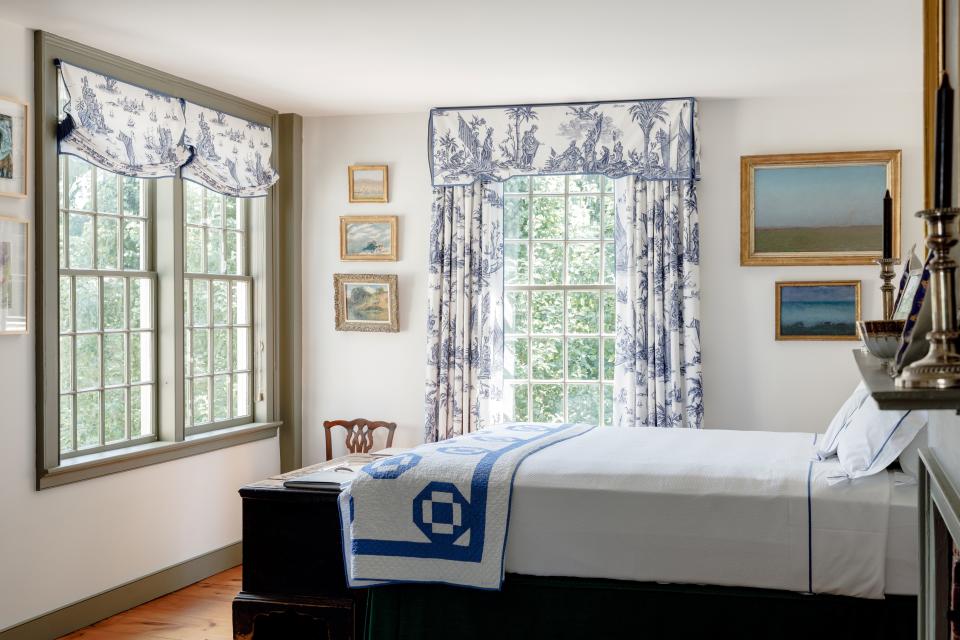
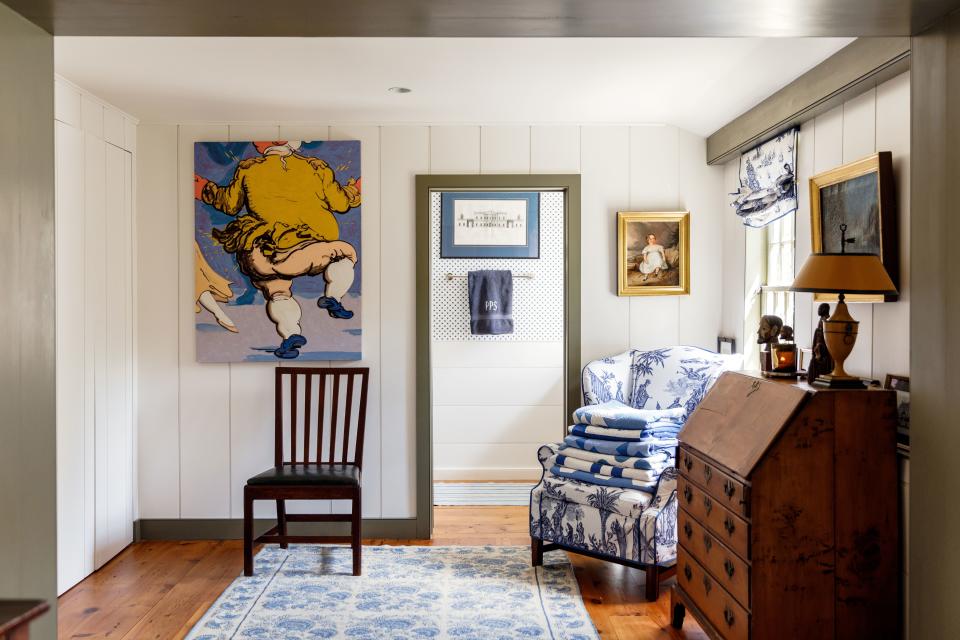
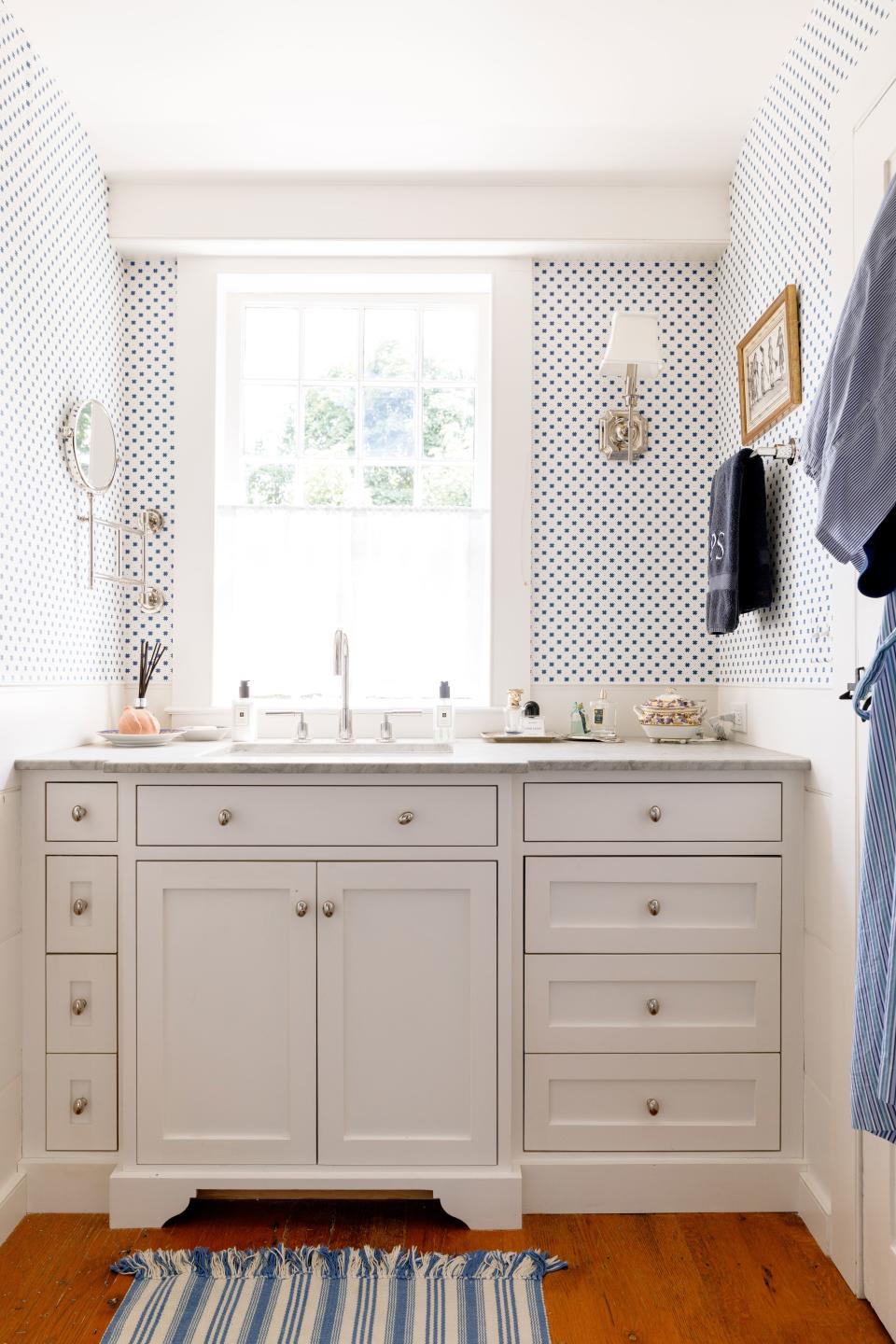
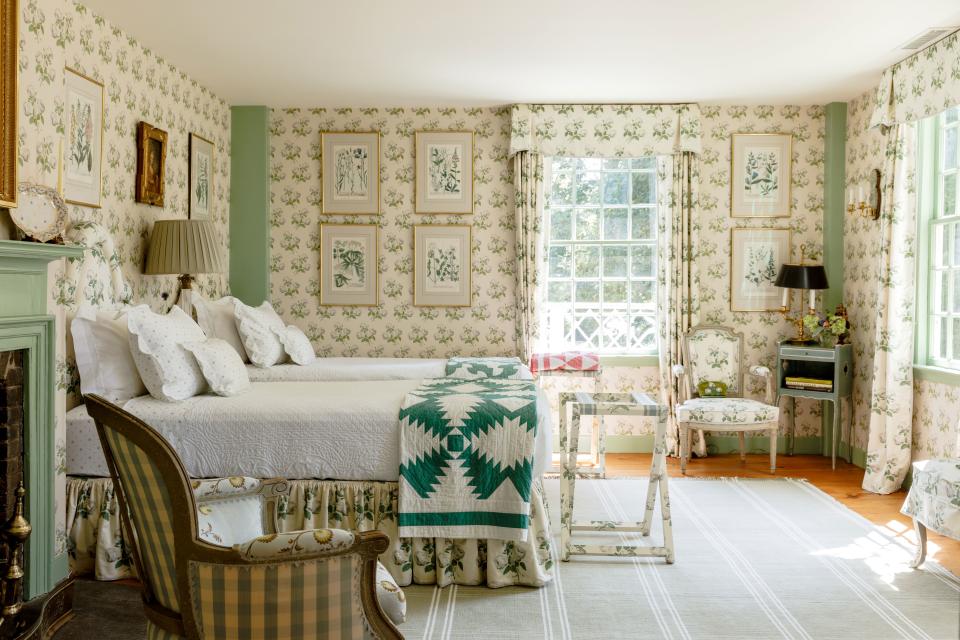
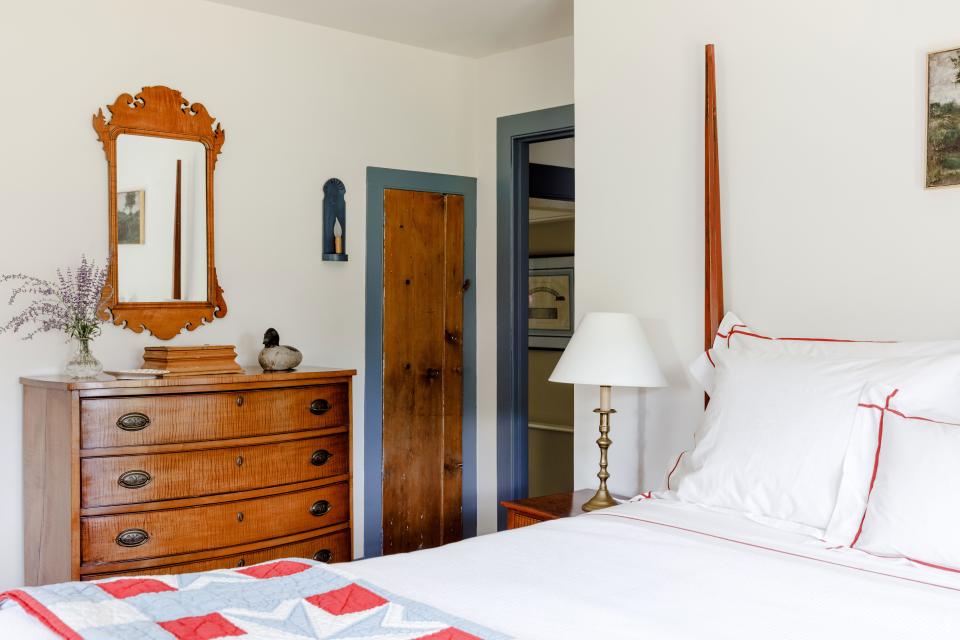
Each room in the home has been painstakingly curated: They each have a flavor of their own, but remain connected to the home’s design as a whole. Steinhart scours auctions and galleries to find his perfect pieces; favorites include Christie’s, the local art auctions in Litchfield, and Stair Galleries in Hudson, New York. Now that the home is completed, he’s looking forward to quiet autumn weekends, where he can watch the leaves change on his three acres of property. “Fall is pleasant around the fireplaces,” he says. “But winter, I have to admit, I’m in Florida.”
Originally Appeared on Architectural Digest

